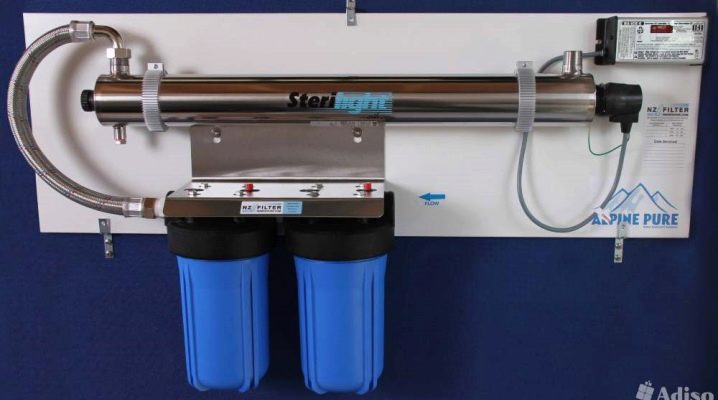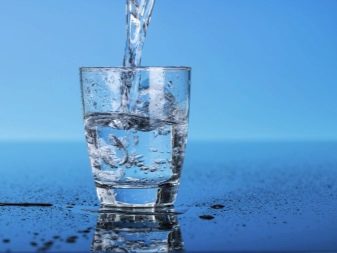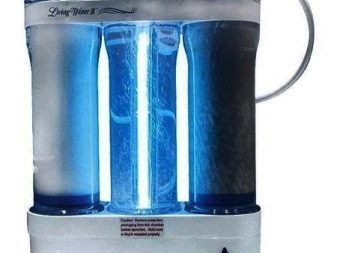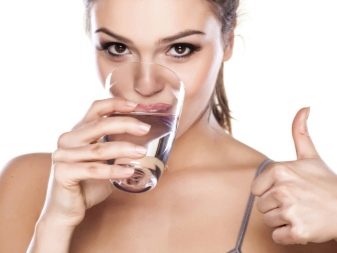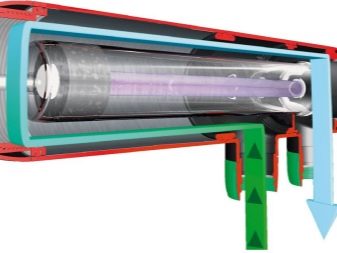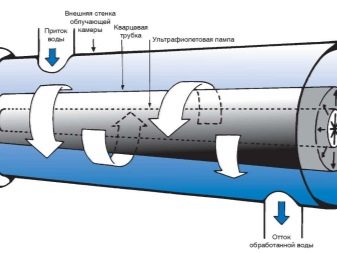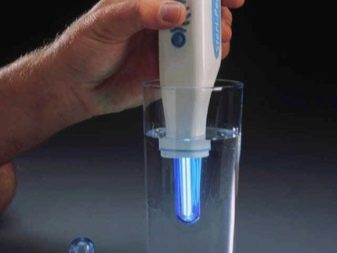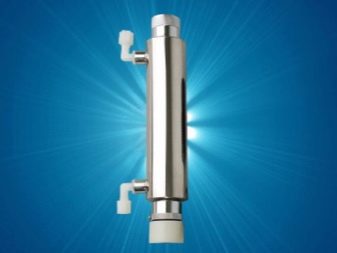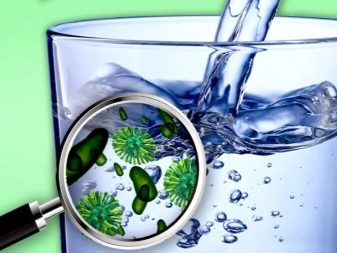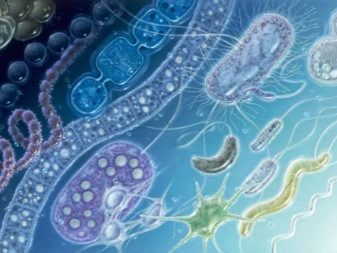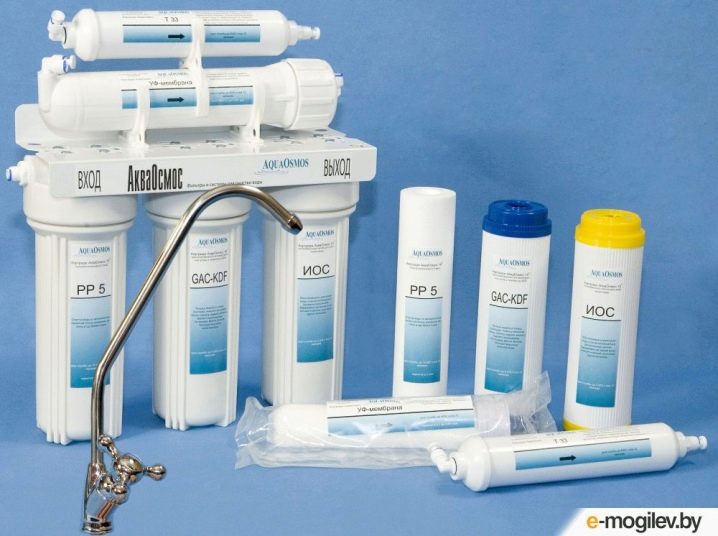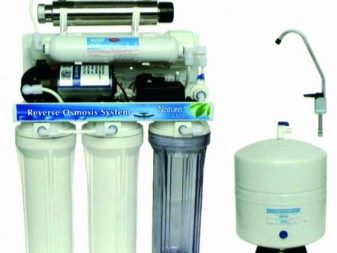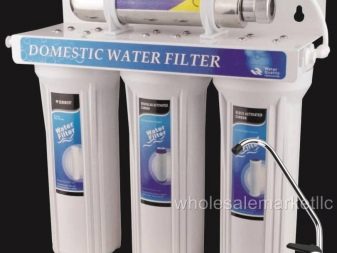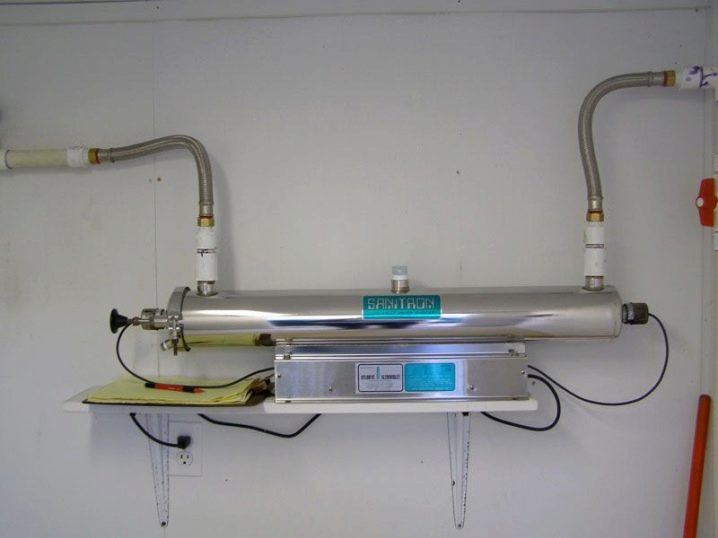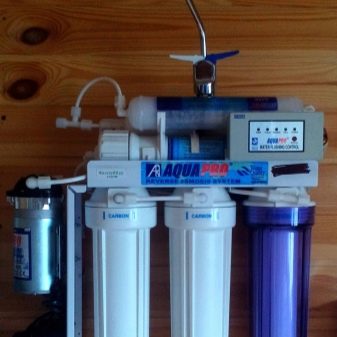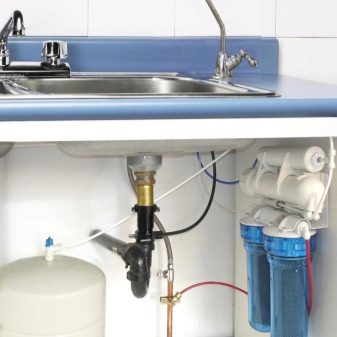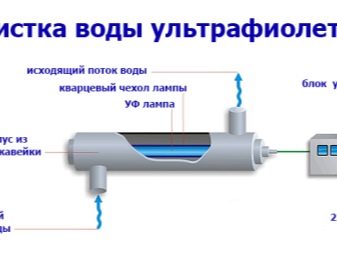The main characteristics of UV filters for water
Water quality has a significant impact on overall health and well-being. To clean it, modern manufacturers offer a huge selection of special devices. This process includes not only the removal of organic impurities, mineral components and other foreign elements. But it is also necessary to purify water from bacteria and microorganisms. Recently, ultraviolet cleaners are in great demand.
Introduction
As part of tap water, which enters the houses, apartments and all other buildings, there are many microorganisms. Most bacteria have a negative effect on human health. Previously, in order to get rid of them, used ozonation or chlorination. However, chlorine is an aggressive toxic substance, the use of which is dangerous in everyday life.
The UV filter installed in the device of the same name, will eliminate the harmful impurities without harming the environment, people and animals. The device is ideal for water of various degrees of hardness.
Special features
The process of filtering liquids using a special lamp for water purification is the radiography of water. This is an effective technique that will eliminate biological pollution in a short period of time.
The device is ideal for home use due to lack of service and simple operation. And also for work you do not need to spend money on special reagents. The temperature of the water and its chemical composition do not limit the effectiveness and exposure to ultraviolet radiation. When cleaning water, the structure and all useful minerals are preserved.
The radiation will eliminate dangerous bacteria that even chlorine cannot cope with. Due to this characteristic, the device is widely used in various fields.
On the shelves of stores you can find devices with a similar principle of action. These are ultrasonic filters. However, they are inferior in efficiency to UV models.
Lamp effect
When cleaning water, the liquid enters the device and envelops the UV lamp. Glow removes all negative impurities, while retaining useful elements. Before this stage, the water must necessarily undergo a mechanical cleaning.
Ultraviolet rays have a direct effect on the chromosomal composition of microelements. As a result, the bacteria lose the ability to further reproduction and die.
What bacteria will cope with the device?
After analyzing the work of devices of this type, the experts concluded that the filter is able to destroy almost all known harmful bacteria and viruses, such as:
- salmonella;
- hepatitis;
- E. coli;
- flu pathogens;
- typhoid and cholera viruses;
- bacillus dysentery.
In order for the device to work productively, it is necessary to periodically replace the lamp. When working, they wear out and lose efficiency, which reduces the quality of cleaning. The average period of work of one lamp totals from 1400 to 1600 hours. After this period of time it is necessary to change the main element of the filter.
This device is definitely needed in homes connected to old plumbing systems that have accumulated a lot of extra impurities over the years.
Advantages and disadvantages
Filters of the above type have many advantages, due to which they are knocked out in the lead among the huge and constantly replenishing range.
Pros:
- simple and clear use;
- reliable and well-coordinated system operation;
- full safety for health and the environment during use;
- effective cleaning of liquids of varying degrees of pollution of tap water;
- affordable cost;
- no need for expensive maintenance;
- convenient cleaning of all filter sections without removing the lamp.
In order to fully appreciate the parting work, it is necessary to evaluate not only the advantages, but also the disadvantages of the equipment.
- After cleaning the fluid, water should be used as soon as possible. Otherwise, it may return the original condition.
- Such devices are strongly not recommended for use in large-scale treatment systems. Ultraviolet radiation simply can not cope with large volumes.
- The technique is not suitable for water purification from lakes, swamps and other similar bodies of water. Also, the system is not able to remove chemicals.
How to make the right choice?
As you know, demand creates supply. The market for water treatment plants offers a huge variety of ultraviolet filters, both domestic and foreign production. An inexperienced buyer simply gets confused with the abundance of models.
To make the right choice, consider these aspects:
- temperature level of water;
- the type of bacteria that is contained in the liquid;
- disinfection level;
- water flow volume;
- the amount of UV radiation.
Consider each of the parameters separately in more detail.
- Temperature level Manufacturers offer two types of lamps that have been developed, taking into account temperature fluctuations. Center filter elements respond to changes in heat, responding to internal temperatures. The best indicator for medium pressure lamps is the maximum temperature up to 85 degrees Celsius with a plus sign. For low pressure lamps, the ideal temperature is from 16 to 20 degrees. Closely monitor fluid flow as the heat value changes.
- Dangerous trace elements. In order to maximally purify water from bacteria, a certain dose of ultraviolet radiation is necessary.The experts have compiled a special table, in which the volumes of portions are clearly defined for the elimination of various microorganisms. As a rule, in drinking water there are certain types of pathogenic bacteria.
- The degree of disinfection. Before purchasing a filter, it is necessary to accurately determine the level of disinfection required, otherwise you can avoid ridding the water of contamination. In certain cases, the treatment of drinking water requires 100% ultraviolet radiation.
- Fluid flow. For a well-coordinated and efficient operation of the device, it is necessary to know the nature of the flow, as well as to be aware of its maximum and minimum level. The operation of the device adapts to changes in the volume of flow. Properly selected parameter significantly affects the productivity of cleaning.
- The amount of radiation. The amount of UV radiation that is able to pass through a liquid is called transparency. This characteristic is affected by undissolved and dissolved elements in water. Substances of organic and inorganic origin retain the rays on themselves, as a result of which their required amount for disinfection is reduced.
Types of devices
For domestic use do not need large-scale appliances. An ordinary UV filter model will be quite enough. Most major brands offer a large selection of such products at an affordable price.
Although the devices are not recommended for use in large water treatment systems, they are still used for industrial purposes. It is necessary to pay attention to larger and more productive models. In some cases, the number of lamps inside the device may exceed 10 pieces. Due to this structure, the filter is able to quickly clean large volumes of water.
If you doubt the quality of the equipment, ask the sales assistant for the availability of appropriate certificates and other documentation. But you can also analyze the market, compare prices and popular models.
An overview of the ultraviolet lamp for water disinfection, see below.
